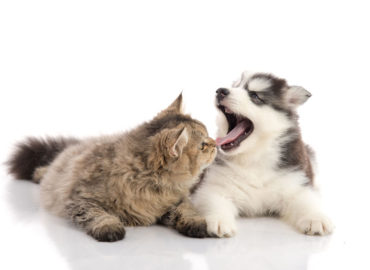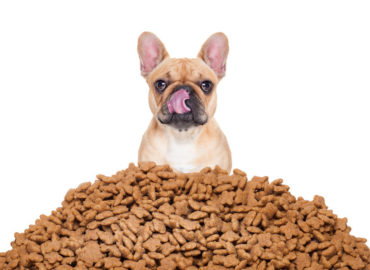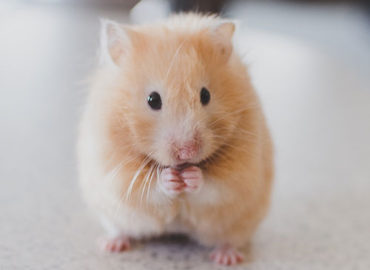Familiar Dog Aggression
Mate versus Mate
Physical confrontations between familiar dogs can be distressing for owners, particularly if both dogs live in the same house. It is normal to feel sorry for the victim and angry with the aggressor but any owner intervention can unwittingly complicate an already volatile situation.
Dogs and Humans
Dogs, like people [but unlike cats], are socially obligate. We both live in “a social system which aims to support the survival of every member of the group”. When overt aggression occurs within such a group something has gone wrong within normal communication channels. Owners of multiple dogs need to; consider things from a canine perspective; learn to read normal canine communication signals and resist the impulse to get involved.
Doggy Harmony
Harmony between familiar dogs depends on them accurately assessing each other’s “resource holding potential” or RHP. A dog’s RHP is their ability to gain and hold onto a resource such as a bed, food or a toy and is determined by their relative size, age, sex, strength and emotional resilience.
Dogs living in the same house will have daily interactions over resources. Normal canine aggression signalling involves a “ladder of intensity” with mild warning signs, such as a growl or stare, at the lower rungs designed to signal to another individual that a confrontation is possible. Without human interference, effective communication usually occurs, the dog with the lower RHP will concede and in future situations both dogs “learn” to avoid “climbing the ladder” to overt aggression.
A misperception by owners that the growling individual is trying to initiate a fight often results in them interfering, unintentionally both promoting the dog with the lower RHP and punishing the other. Future interactions become less predictable and then the frustrated higher RHP individual may skip lower “rung” signalling in favour of overt aggression.
Prevention
The most unstable situation in a multidog household occurs when there are dogs with similar RHPs such as same sex siblings or dogs of similar ages and breeds. Households can decrease the risk of aggression by acquiring dogs of different sizes or breeds or, if the owner prefers the one breed, staggering pet acquisitions. Desexing can also help.







